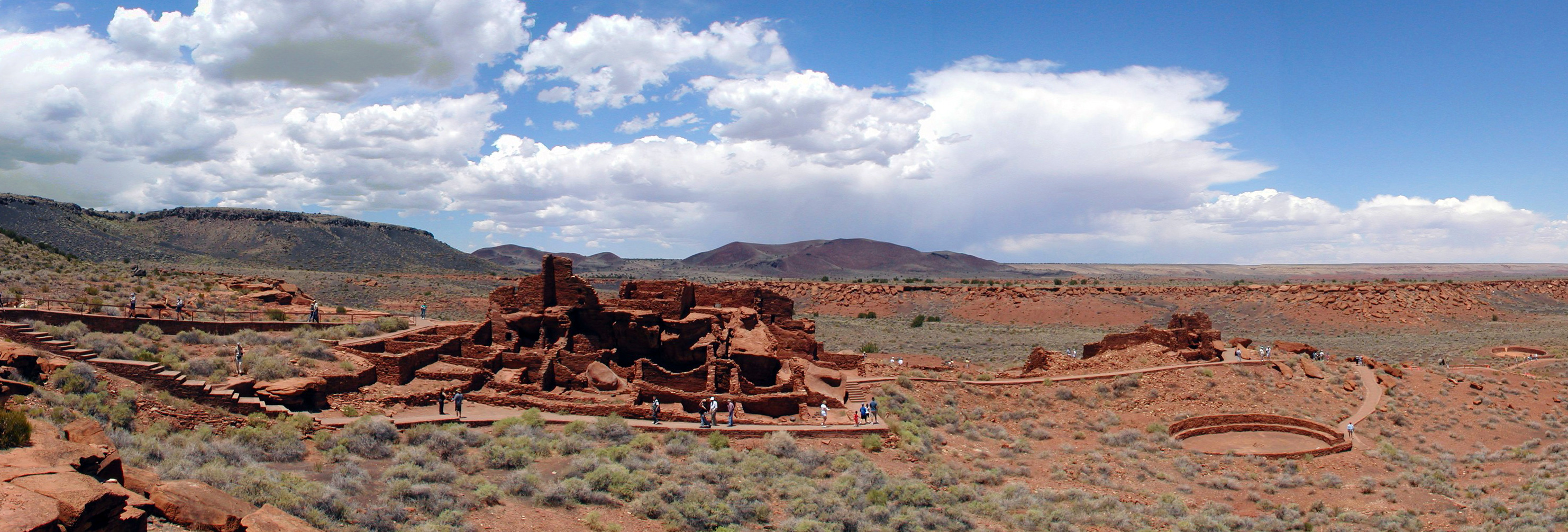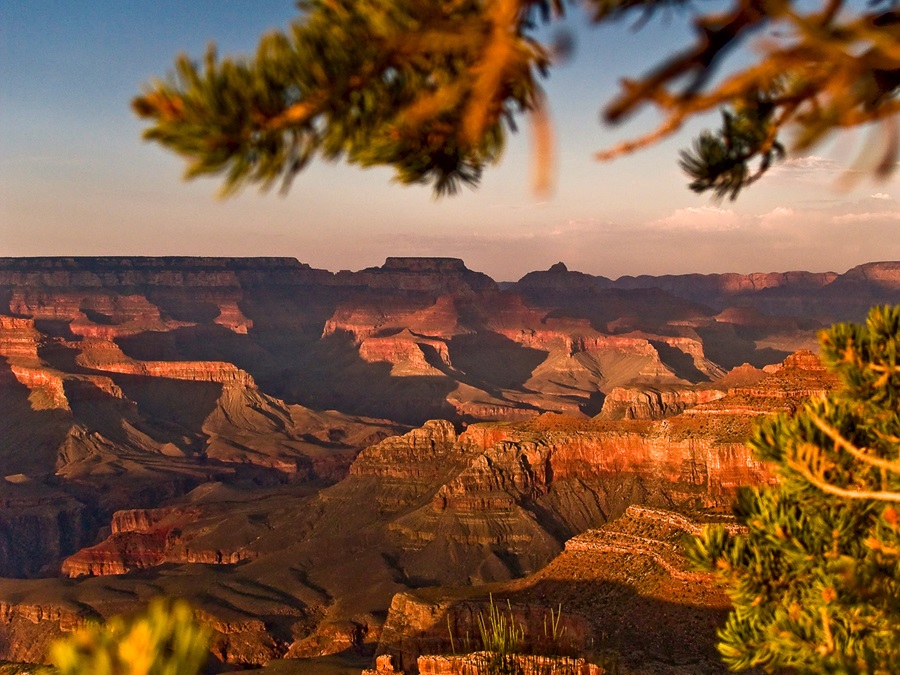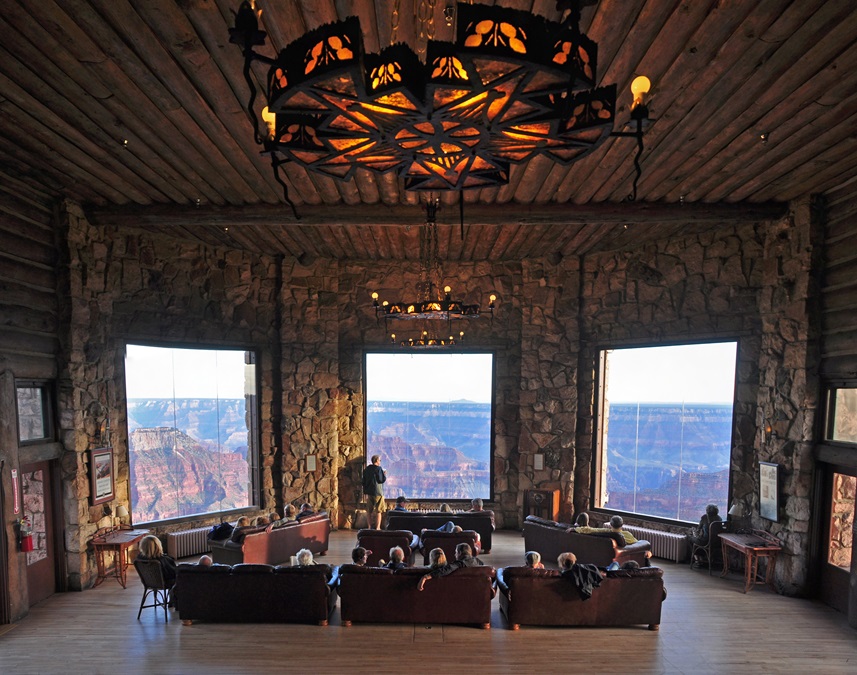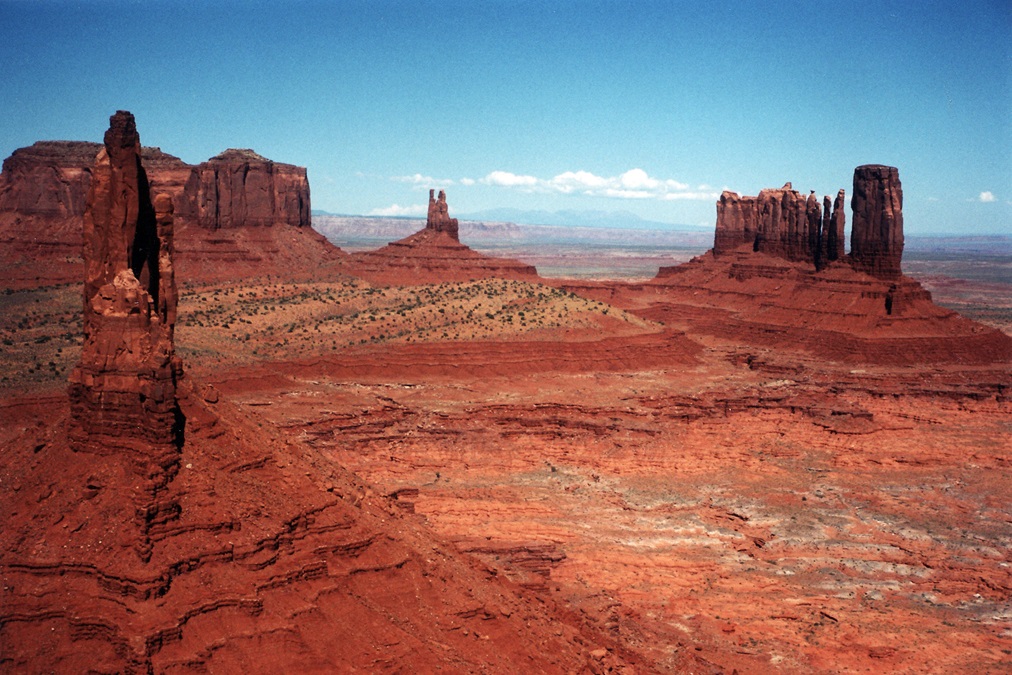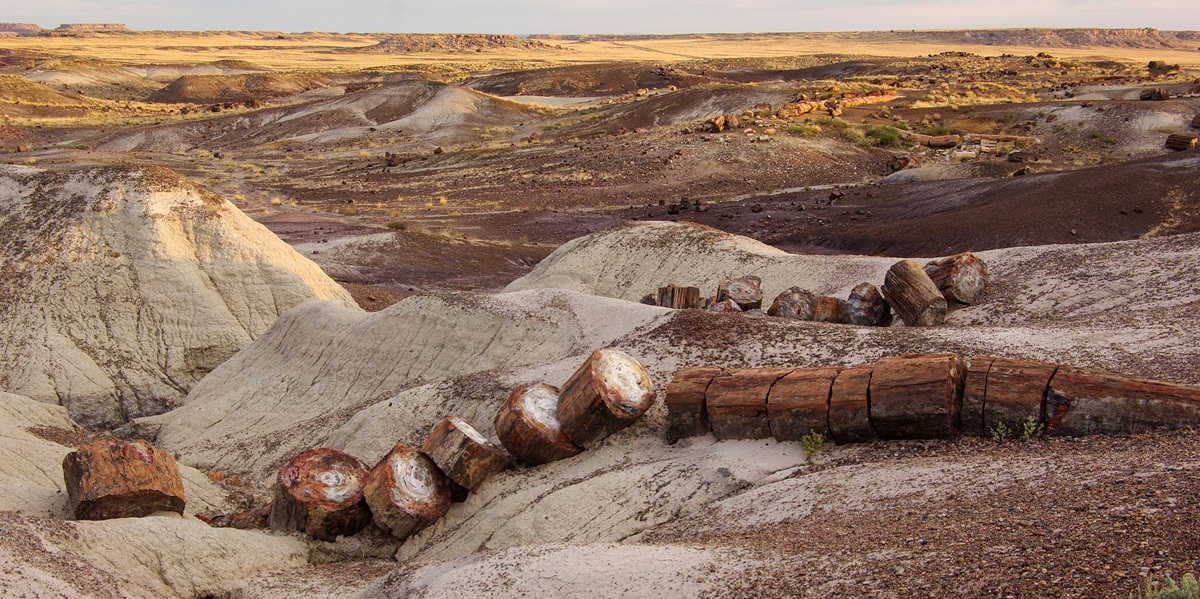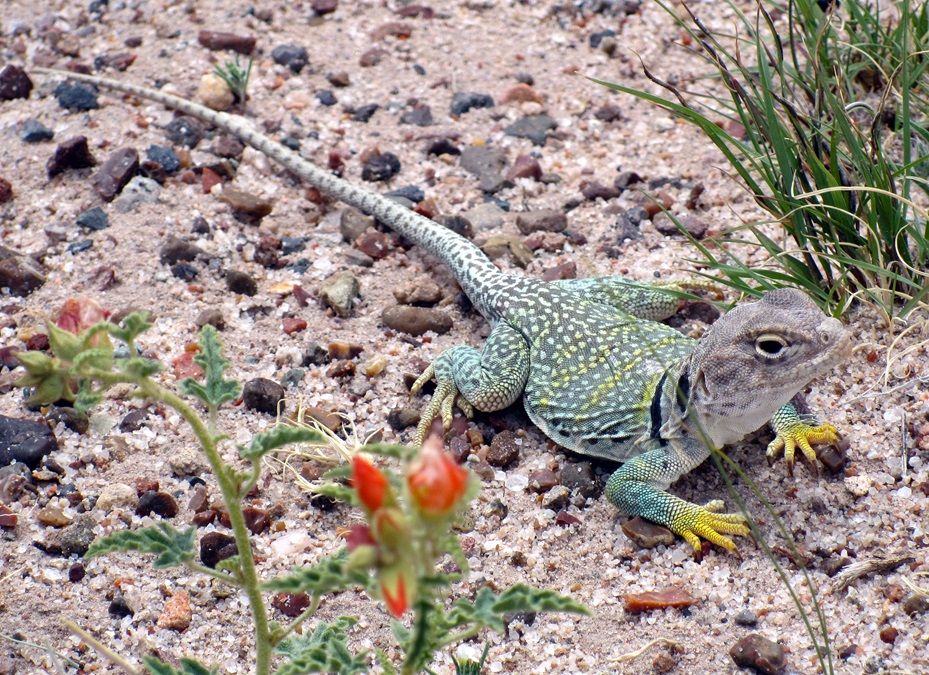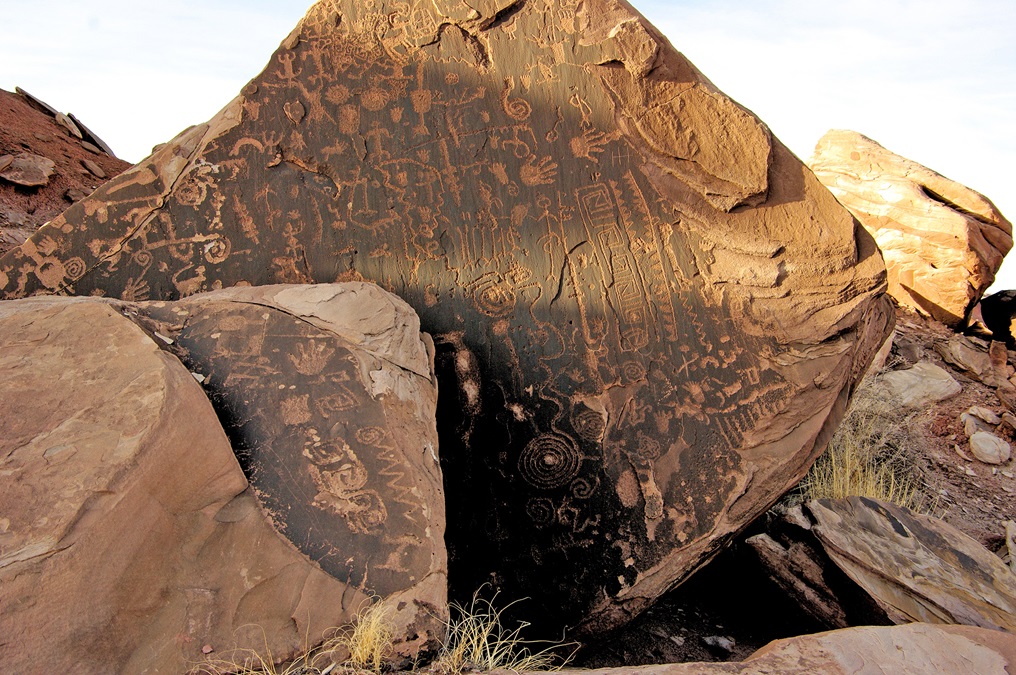Fly to the national parks in Arizona
Arizona’s national parks include one of the greatest spectacles on Earth: the Grand Canyon. But there are many other scenic wonders in this diverse state, including iconic cacti and sacred landscapes.
Grand Canyon National Park: Don’t miss the opportunity to overfly the canyon; get a copy of the Grand Canyon VFR chart and fly one of the corridors. To visit the South Rim, land at Grand Canyon International, where you can rent a car or hop on a shuttle. Stand at the rim and marvel at the floods that sent all that sediment out to the Pacific Ocean over the last five million years or so, leaving such a giant, beautifully carved landscape. Several lodges are located on the South Rim, including the iconic El Tovar and Bright Angel (both on the National Register of Historic Places). You can rent a bike and ride along the rim, or explore further by hiking or taking a traditional mule ride to the canyon floor, where you can spend the night at Phantom Ranch. By contrast to the South Rim, the North Rim sees much less tourist traffic. Land at Page and drive to the North Rim’s fabulous Grand Canyon Lodge.
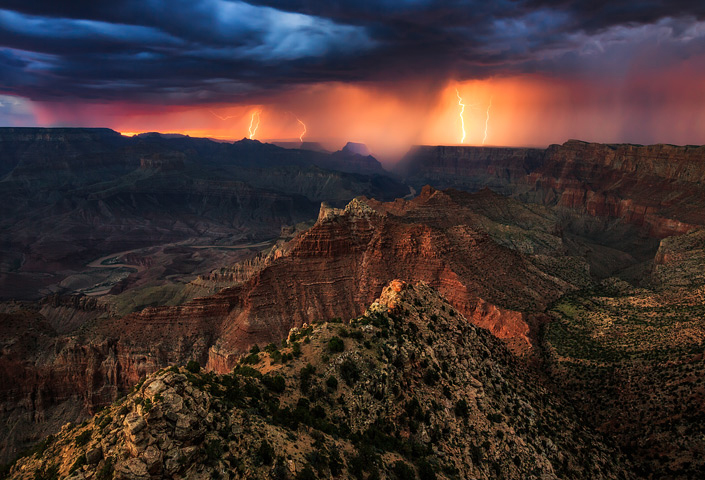
Petrified Forest National Park: Fly to Winslow, as Holbrook lacks rental cars. This park is especially beautiful in winter with a slight dusting of snow and the sun at a low angle. Easy loop drives take you through a number of areas where you can get out and explore, or camp overnight. The park has northern and southern sections, with a narrow corridor in the middle. Food service is available only at the northern entrance, also the park headquarters. There’s no lodging, just backcountry camping, or you can stay at the historic La Posada in Winslow, the last and most elegant of the Fred Harvey hotels built by the Santa Fe Railroad. It was designed by Mary Jane Colter, the great Southwest architect also responsible for the Bright Angel Lodge at the Grand Canyon and La Fonda in Santa Fe.
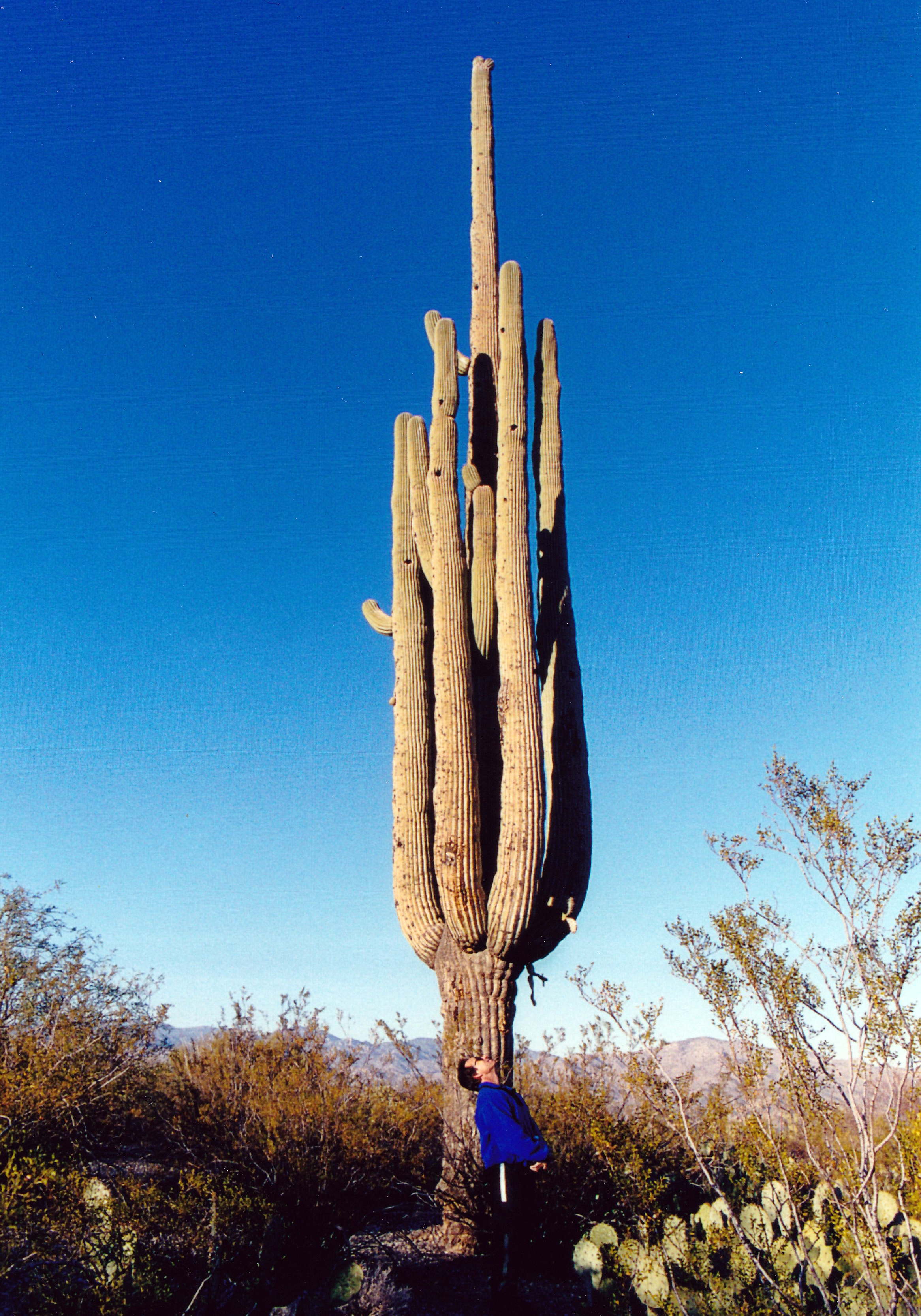
Walnut Canyon and Wupatki National Monuments: Both these monuments are close to Flagstaff, a quick flight west of Winslow. At Walnut Canyon you’ll descend a short way into the canyon and walk along a series of cliff-dwelling rooms occupied by the Sinagua people from about 1100 to 1250 CE. It’s a bit like a smaller version of Colorado’s Mesa Verde, but there are generally few tourists here and you can explore on your own. Children love to climb inside the ruins and let their imaginations run. Wupatki National Monument preserves a multi-story Sinagua pueblo dwelling built with red sandstone bricks. Other structures include a community room, ball court, and fascinating geological blowhole where air flows in and out according to atmospheric pressure changes. Two-hour and overnight ranger-led hikes are offered to backcountry sites, normally off-limits to the public.
Saguaro National Park: Class C Tucson International is the closest airport; good fuel prices are available at Premier Aviation. Saguaro National Park has two distinct sections, just east and west of Tucson, and preserves the Sonoran desert habitat of the giant saguaro cactus, synonymous with the West. Saguaros can exceed 40 feet tall and 150 years in age, and often don’t grow their first “arm” until they are 75 to 100 years old. Walk among these giants on your own or take a guided tour. You can camp in the wilderness or golf at the luxurious Lodge at Ventana Canyon.
